Contact Us
Contact Us
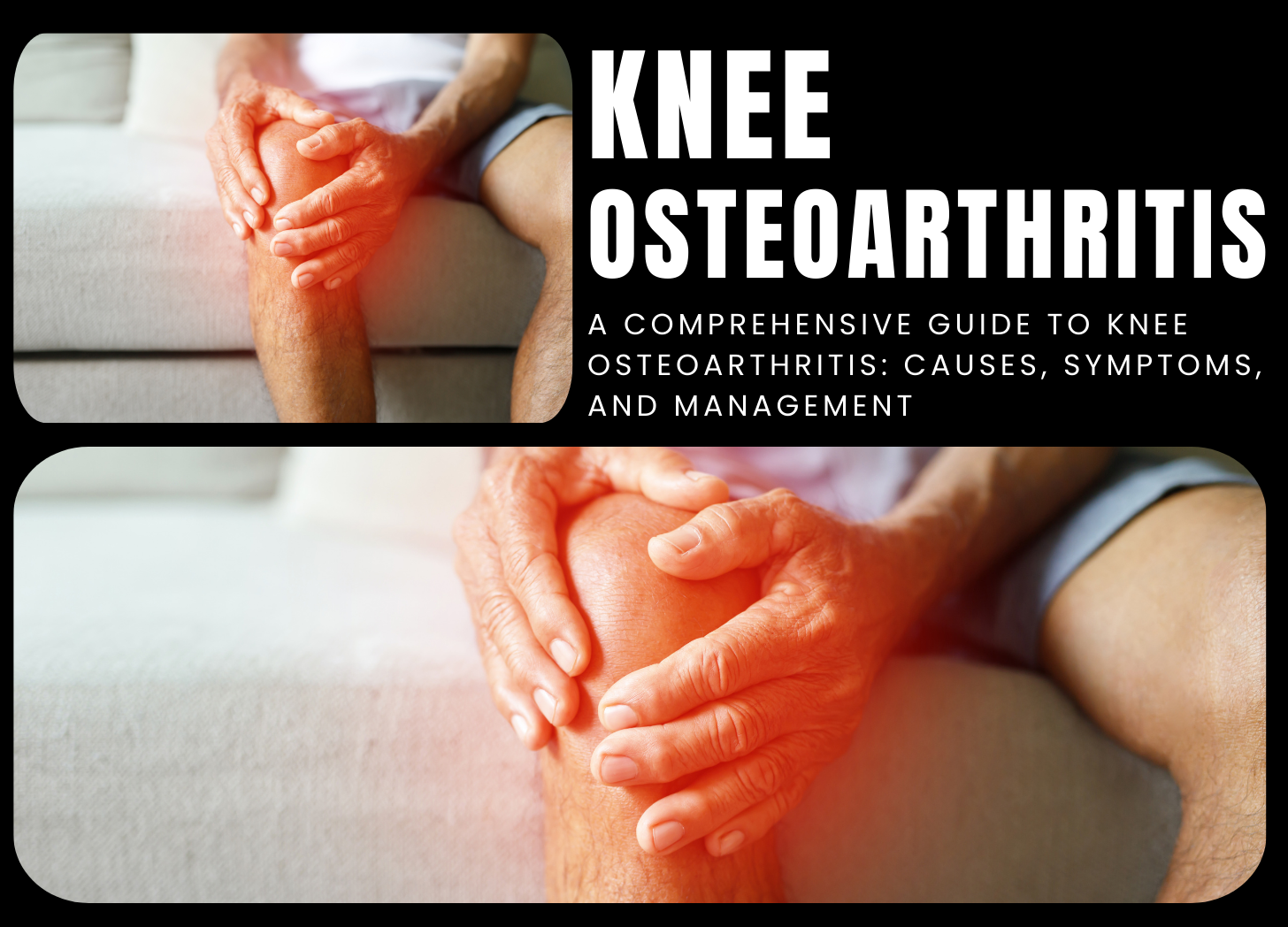
26 Jul 2024
Knee osteoarthritis (OA) is a prevalent degenerative joint condition characterized by the gradual deterioration of cartilage within the knee joint. This breakdown leads to pain, stiffness, and restricted movement. Cartilage serves as a cushion between bones, allowing for smooth joint movement. As cartilage erodes, bones may rub together, causing pain, inflammation, and the formation of bone spurs. This condition can significantly impact quality of life, limiting daily activities and mobility. Causes The precise cause of knee osteoarthritis is not fully understood, but it is believed to result from a combination…
READ MORE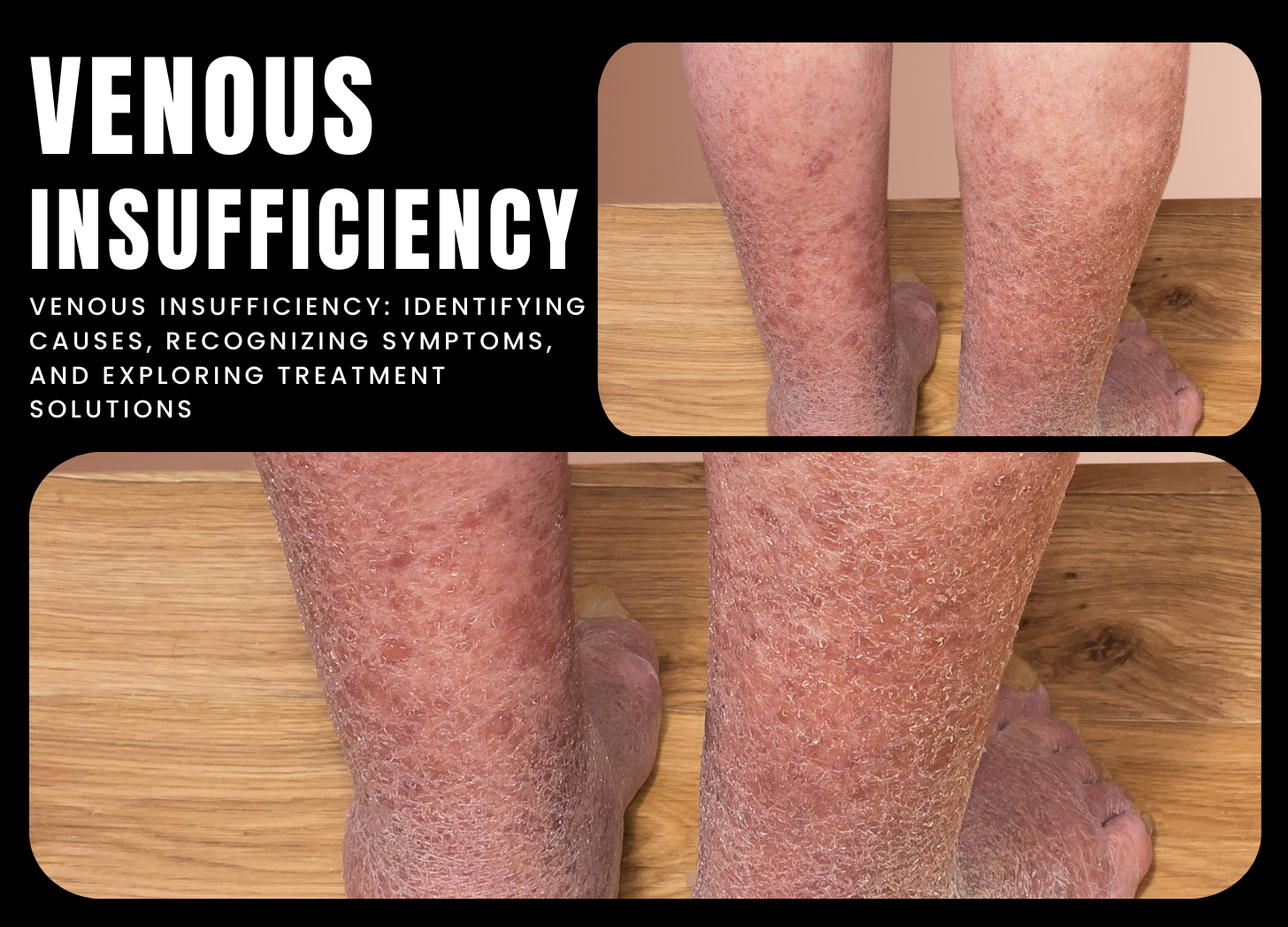
25 Jul 2024
Venous insufficiency is a condition in which the veins, particularly in the legs, fail to efficiently return blood to the heart. This disorder occurs when the one-way valves in the veins become damaged or weakened, allowing blood to pool and causing various symptoms. Causes The primary cause of venous insufficiency is chronic venous hypertension, which increases pressure within the veins and stretches their walls. This pressure causes the vein valves to fail. Several factors can contribute to chronic venous hypertension, including: Extended Standing or Sitting: Prolonged periods in one position…
READ MORE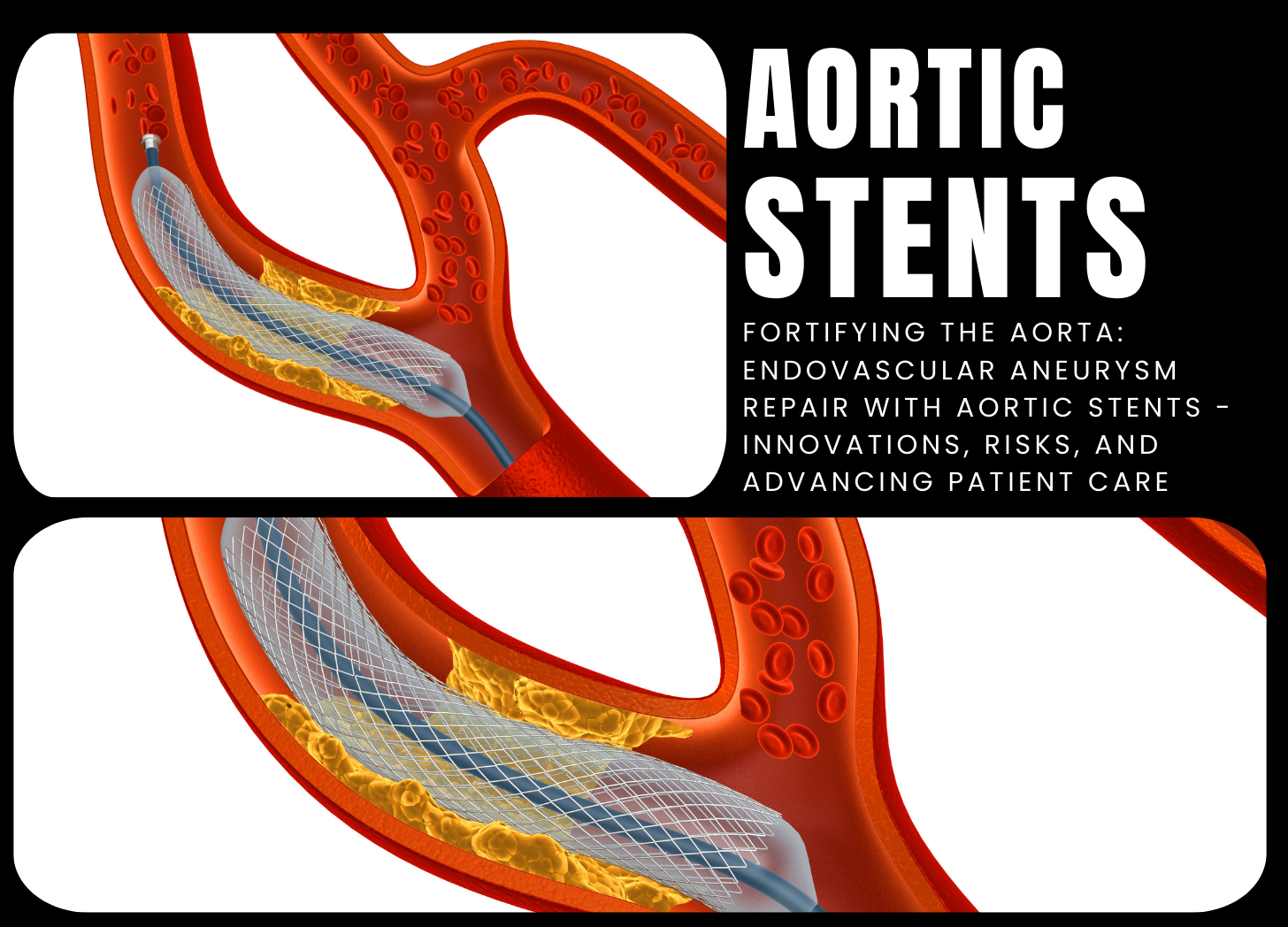
24 Jul 2024
Aortic stents, also known as aortic stent grafts or endovascular stent grafts, are medical devices designed to treat aortic aneurysms and other aortic issues. An aortic aneurysm occurs when a weakened section of the aorta—the body's main artery—bulges outward, increasing the risk of rupture, internal bleeding, and other severe complications. Aortic stents aim to reinforce and support the weakened area of the aorta, reducing the risk of rupture and restoring normal blood flow. Procedure: The placement of an aortic stent is performed through a minimally invasive procedure known as endovascular…
READ MORE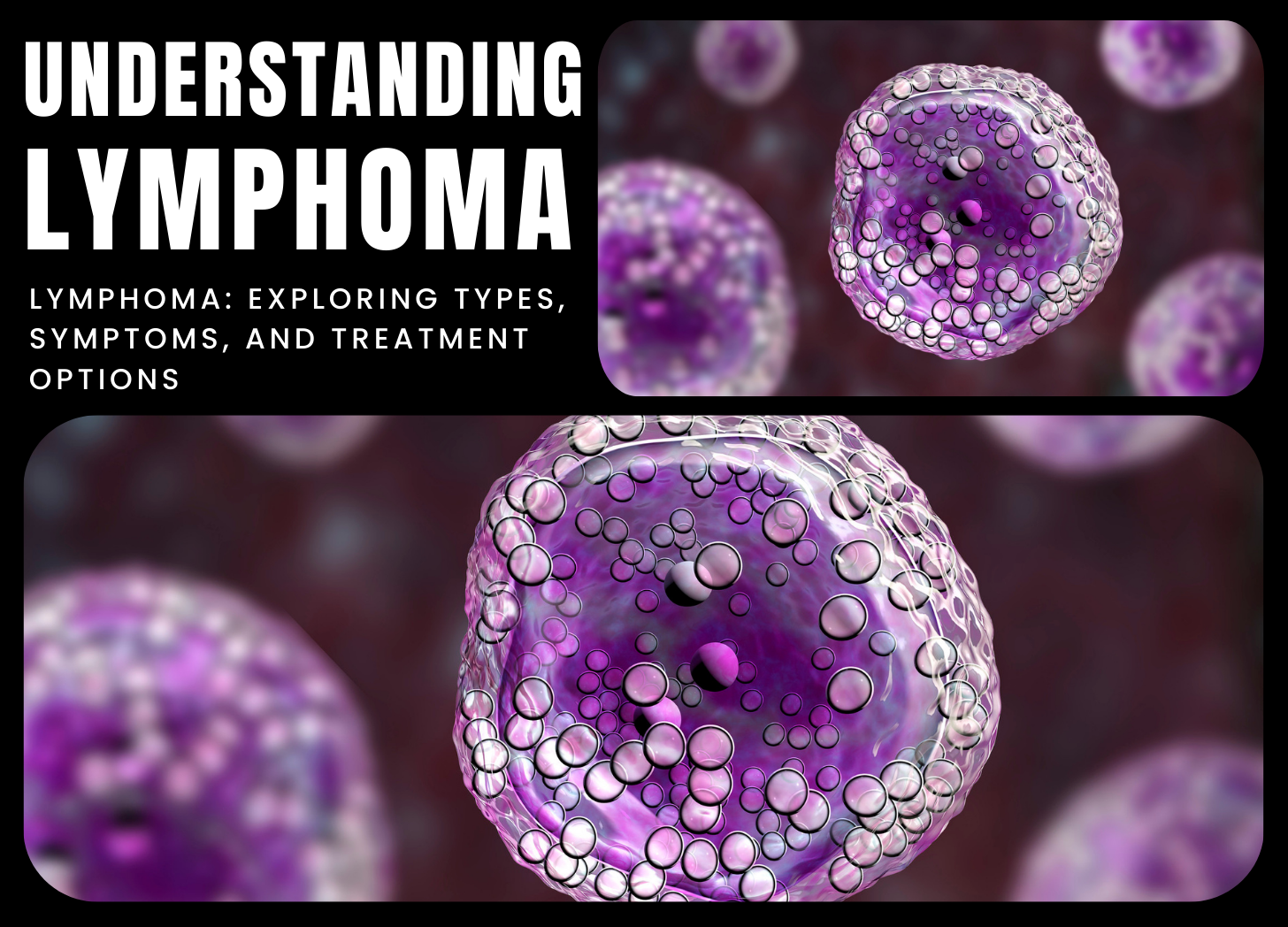
23 Jul 2024
Lymphoma is a type of cancer that originates in the lymphatic system, a crucial part of the immune system. The lymphatic system, which includes lymph nodes, spleen, thymus, and bone marrow, plays a vital role in fighting infections and diseases. Lymphoma occurs when abnormal lymphocytes, a type of white blood cell, proliferate uncontrollably, forming tumors in lymph nodes or other lymphatic tissues. Lymphoma is primarily classified into two main types: Hodgkin lymphoma (HL) and non-Hodgkin lymphoma (NHL), each with distinct histological features, prognoses, and treatments. Hodgkin Lymphoma (HL) Hodgkin lymphoma,…
READ MORE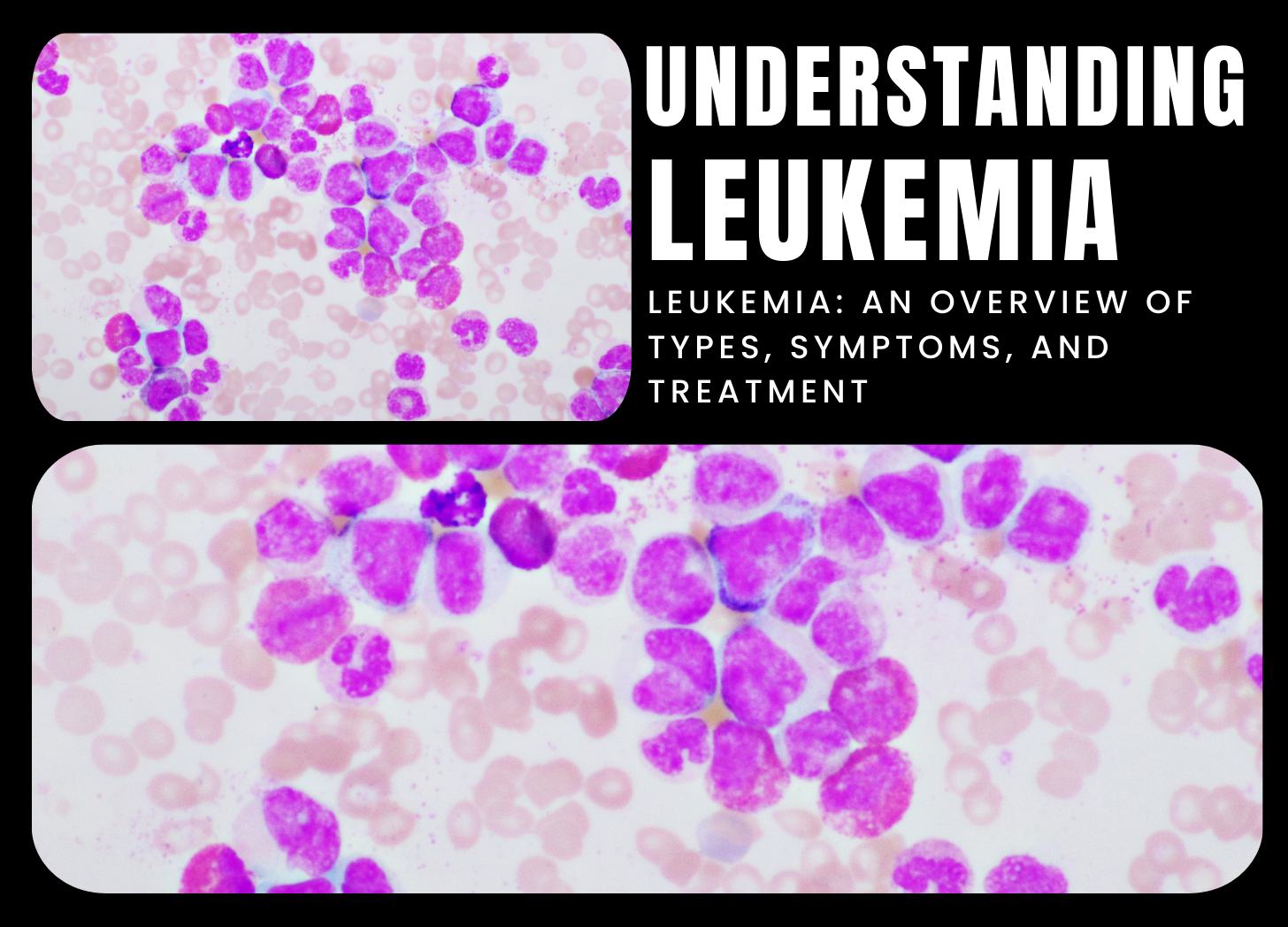
22 Jul 2024
Leukemia is a cancer that affects the blood and bone marrow, resulting in the abnormal production of white blood cells. These abnormal white blood cells, known as leukemia cells, fail to function properly and crowd out healthy blood cells, reducing the body's capacity to fight infections and regulate bleeding. Leukemia is categorized into four types based on the white blood cell involved: acute lymphoblastic leukemia (ALL), acute myeloid leukemia (AML), chronic lymphocytic leukemia (CLL), and chronic myeloid leukemia (CML). Each type has unique characteristics in terms of onset, progression, and…
READ MORE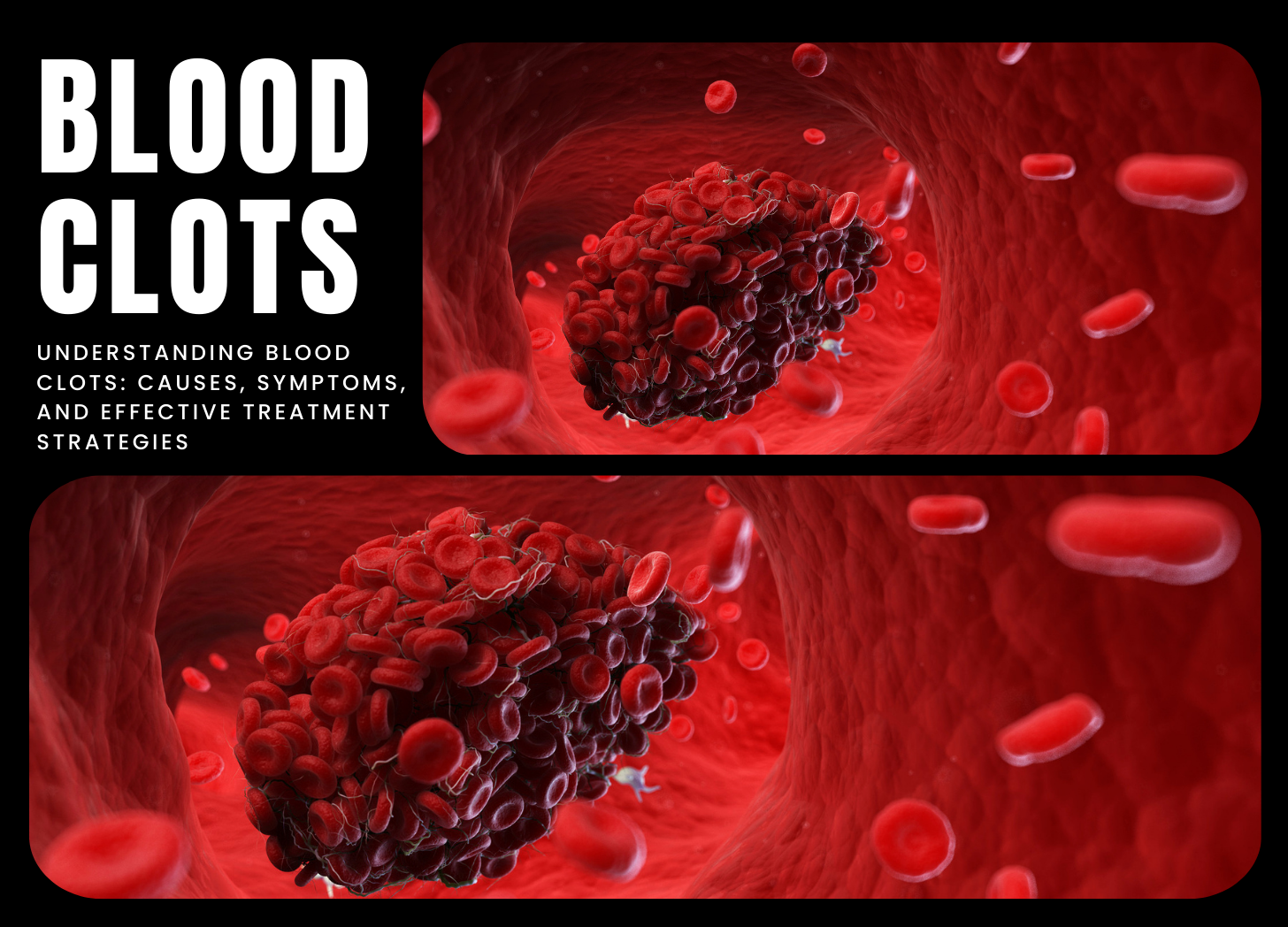
15 Jul 2024
Blood clots, medically known as thrombi, are gel-like clumps of blood that form when platelets and fibrin proteins coagulate to prevent bleeding at the site of a blood vessel injury. While clotting is a normal process essential for wound healing and controlling bleeding, abnormal clot formation within blood vessels can lead to significant health complications. Blood clots can occur in both arteries and veins and are influenced by various underlying conditions, lifestyle factors, or medical procedures. There are two primary types of blood clots: arterial and venous. Arterial clots typically…
READ MORE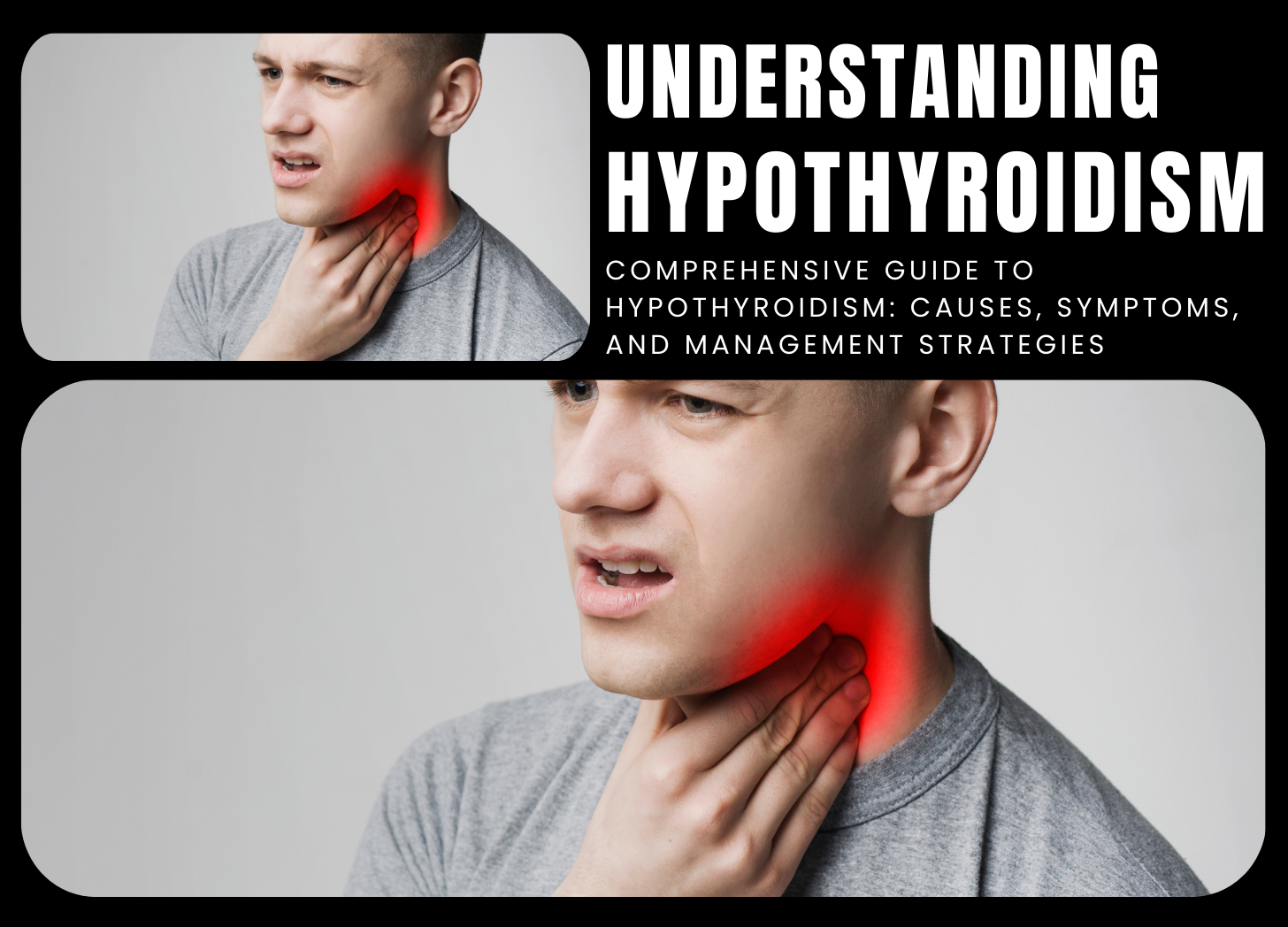
05 Jul 2024
Hypothyroidism is a prevalent endocrine disorder characterized by an underactive thyroid gland that produces insufficient thyroid hormones crucial for regulating metabolism, energy levels, body temperature, heart rate, and other vital processes. Low thyroid hormone levels can lead to a diverse array of symptoms and systemic effects affecting multiple organ systems. The most common cause of hypothyroidism is autoimmune thyroiditis, specifically Hashimoto's thyroiditis, where the immune system mistakenly attacks the thyroid gland, causing inflammation and impairing hormone production. Other causes include surgical removal of the thyroid gland (thyroidectomy), radiation therapy targeting…
READ MORE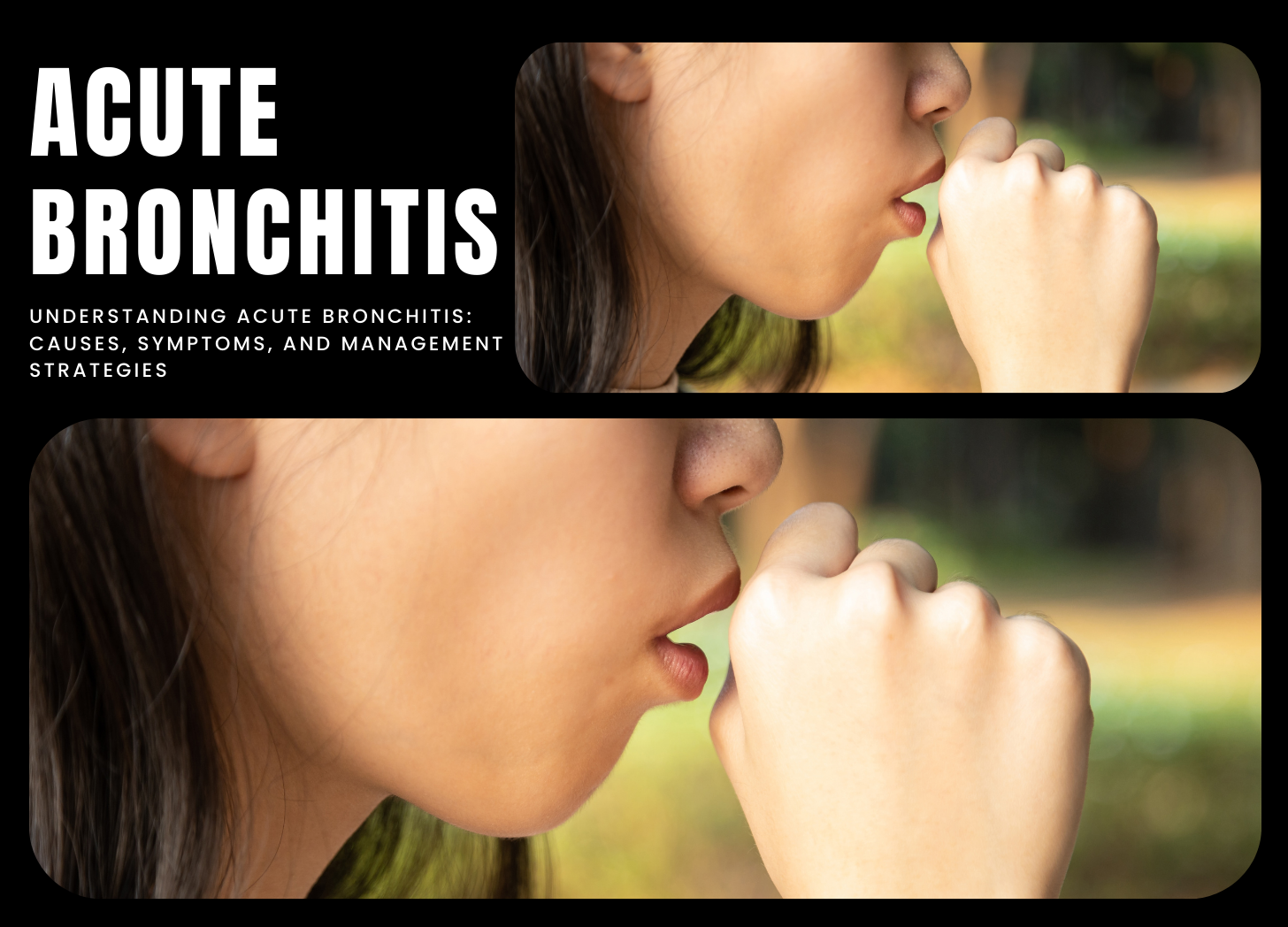
04 Jul 2024
Acute bronchitis is a prevalent respiratory condition characterized by inflammation of the bronchial tubes, the airways that carry air to the lungs. Typically triggered by viral infections such as the common cold or flu, acute bronchitis can also be caused by bacterial infections, exposure to irritants like tobacco smoke or air pollution, or inhalation of allergens. Causes and Pathogens Viral infections, particularly rhinovirus, influenza virus, respiratory syncytial virus (RSV), adenovirus, and coronavirus, are the primary culprits behind acute bronchitis. These viruses infect the bronchial tubes, leading to inflammation and symptoms.…
READ MORE
03 Jul 2024
Upper respiratory infections (URIs) are common infectious illnesses affecting the nose, throat, sinuses, and upper airways. They are primarily caused by viruses but can also be attributed to bacterial infections in some cases. URIs range from mild to severe and include conditions such as the common cold, sinusitis, pharyngitis (sore throat), and laryngitis. These infections spread through respiratory droplets when an infected person coughs, sneezes, or talks, or by touching contaminated surfaces. Causes URIs are most commonly caused by viral pathogens, including: Rhinoviruses Influenza viruses Respiratory syncytial virus (RSV) Adenoviruses…
READ MORE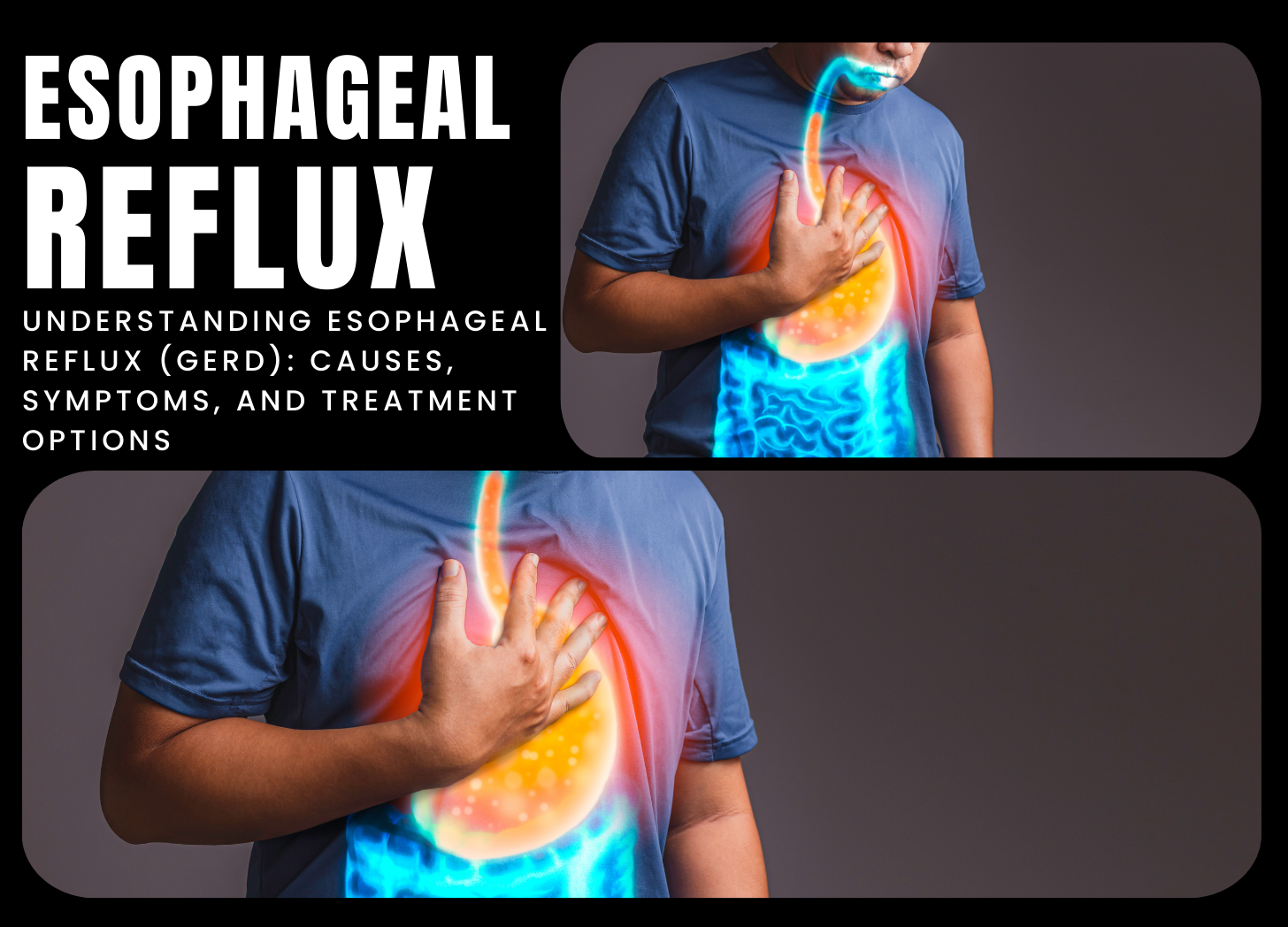
02 Jul 2024
Esophageal reflux, also known as acid reflux or gastroesophageal reflux disease (GERD), is a digestive disorder marked by the backward flow of stomach acid and contents into the esophagus, the tube connecting the throat to the stomach. Occasional reflux is common and can occur after consuming large meals, spicy or acidic foods, or lying down shortly after eating. However, frequent or persistent reflux symptoms may indicate GERD, a chronic condition that can lead to complications if left untreated. Causes of Esophageal Reflux The primary cause of esophageal reflux is the…
READ MORE